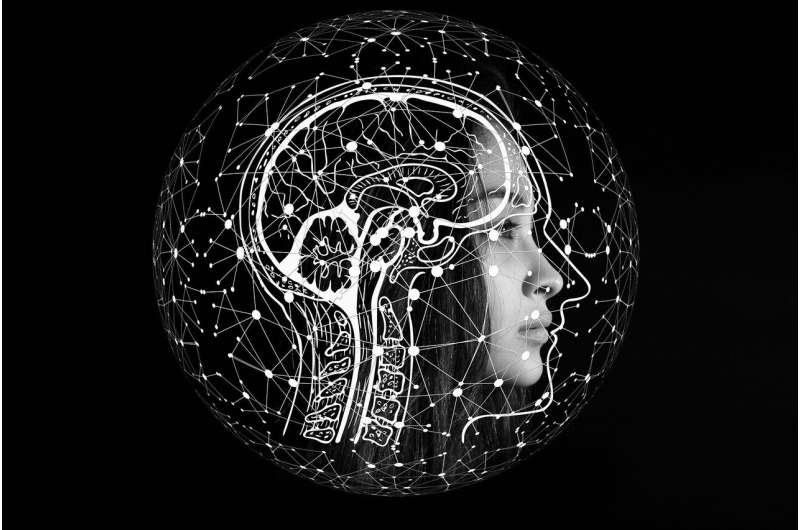Researchers advance technique to distinguish brain energy molecules

Researchers at Center for BrainHealth, part of The University of Texas at Dallas, recently examined how cells in the brains of people at risk for developing Alzheimer's disease make and use energy. Relationships between the brain's energy metabolism and the risk of Alzheimer's disease have been reported previously. But this is the first study to clearly distinguish different energy molecules in the brain using high-powered imaging called magnetic resonance spectroscopy (MRS) at 7-Tesla. The findings from this study could help the development of tests for the earlier detection and treatment of Alzheimer's disease.
The study was published in Frontiers in Aging Neuroscience (August 2020) by Center for BrainHealth researchers Sandra Bond Chapman, Ph.D., chief director; Namrata Das, MD, MPH, a research neuroscientist in Alzheimer's Disease and the study's lead author; Jeffrey Spence, Ph.D., director of biostatistics; Audette Rackley, head of special programs; and Jimin Ren, Ph.D., a researcher at UT-Southwestern Medical Center.
This imaging technique allows scientists to look at how the human brain makes and uses energy at the cellular level. Other techniques are invasive, which is why until now most research on the brain's energy metabolism has been conducted in deceased patients or in model organisms like mice.
"The biggest finding is that the peaks from the MRS scan could be separated to look at the brain's energy. It's almost like seeing a heartbeat for the first time," said Chapman.
The findings add a methodology for studying the early pathological biomarkers for Alzheimer's disease in patients with amnestic mild cognitive impairment, a condition that sometimes leads to the development of the disease. Participants with higher brain energy metabolisms in their parieto-occipital lobes had poorer memory and attention skills.
Energy use and production are the core of all cells' biological mechanism, especially in the brain due to its high energy requirements. The brain's extraordinary energy requirements may lead to the dangerous buildup of beta-amyloid and tau proteins seen in patients with Alzheimer's disease.
"We want to look at how the brain energy metabolism differs between healthy participants, participants with amnestic mild cognitive impairment, and those with Alzheimer's disease," said Dr. Das. "Later on, we want to understand if energy abnormalities upstream trigger or aggravate the amyloid, tau, and glucose metabolism abnormalities in the brain." The earlier that Alzheimer's disease is detected and treated, the better the patients' outcomes.
More information: Namrata Das et al, Relationship of Parieto-Occipital Brain Energy Phosphate Metabolism and Cognition Using 31P MRS at 7-Tesla in Amnestic Mild Cognitive Impairment, Frontiers in Aging Neuroscience (2020). DOI: 10.3389/fnagi.2020.00222





















